Which experimental designs to use in fNIRS — Block design
When performing an fNIRS experiment, an appropriate experimental setup must first be defined to fit each research question. In our first post of this blogpost series, we explained what fNIRS measures, and discussed general important points that should be kept in mind when choosing an experimental design for fNIRS experiments. In this blogpost, we will introduce a frequently used study design in fNIRS, the block design, discuss its characteristics, advantages and considerations, and give recommendations on setting up a block design experiment for fNIRS measurements.
What is a block design experiment?
A block design experiment consists of different task blocks, that are alternated with rest periods, as shown in Figure 1. During task blocks, subjects perform specific tasks that are expected to lead to an activation of the brain area of interest. These blocks usually have a fixed duration. During rest periods, participants should stay at rest. During rest periods, the hemodynamic response is expected to return to baseline.
Figure 1: Scheme of a block design experiment
Block design is the most commonly used experimental paradigm for fNIRS experiments. It is applied in different fields, for instance when performing motor tests to assess balance or gait. It is also possible to combine different tasks and alternate their occurrence, for instance performing motor tasks at different difficulty levels.
One frequently used example in the world of fNIRS is the finger-taping task. During this task, participants tab their fingers with one hand, which should lead to an activity in the opposite motor cortex. For analysis, the average of all blocks per one side is calculated and parts of the rest period can be taken as baseline. Figure 2 shows a calculation of the block average after performing a finger tapping task, where fNIRS was measured bilaterally over both motor cortices using the Brite, calculated in our data recording software Brite Connect.
Figure 2: Calculation of block average after performance of finger tapping task, measured bilaterally over the motor cortex. As “Duration before”, 3 sec from the rest period as baseline were chosen. “Duration after” means that 15 sec after onset of the task are displayed for the block average.
Advantages of using block design in fNIRS
fNIRS measures indirect brain activity by capturing relative concentration changes in oxygenated and deoxygenated hemoglobin, hence a baseline is required for later data analysis. Further, when including enough blocks and keeping rest and task period at appropriate times, block design perfectly meets the criteria to measure the hemodynamic response, such as high signal-to-noise ratio and statistical power, and can give relatively robust measurements.
Block design is an experimental set-up that is relatively easy to conduct and analyze compared to other experimental designs, for instance, by using mean amplitude, time to peak, or area under the curve.
As block design is an experimental set-up widely used in neuroimaging, it can also be applied in multimodality measurements, for instance when combining fNIRS and EEG.
Considerations & recommendations when using block design in fNIRS
Consideration: Establishing a stable response
In an fNIRS experiment with a block design, each trial is assumed to trigger a hemodynamic response. To achieve a stable and reliable response, it might not be enough to have only one single block. Further, as a task usually includes multiple stimuli repeated in a short period of time, it is not possible to isolate responses for individual stimuli with block design experiments.
Recommendation: Repeat blocks multiple times
To achieve a stable and reliable response, it is highly recommended to repeat each task block multiple times. When including more than one task, or multiple conditions of a task are analysed separately, it is important to keep in mind that also every task needs to be repeated multiple times. The number of task and rest blocks that are included is dependent on the set-up, the measurement location, the block duration, and the participants.
Consideration: Duration and conditions of block and rest period
When designing a block experiment using fNIRS, it is important to remember that brain activation is measured indirectly through hemodynamic responses. As mentioned in the introductory blog post, the hemodynamic response comes with a delay and activity is only visible after 2 to 3 sec, peaking at around 5 to 10 sec. Block designs are based on the assumption that the hemodynamic response function (HRF) evoked by the presented stimuli accumulates linearly over time. However, this is not necessarily true for block lengths longer than 15 sec, as the summation of evoked responses results in large amplitudes and a plateau (leveling off) as the HRF saturates after prolonged stimulation.
Recommendation: Choose an appropriate rest and task period duration and a similar surrounding
When choosing the duration for the task and rest period, the hemodynamic delay, as well as the time for a signal to return back to baseline has to be kept in mind to achieve reliable results. The duration of the block and rest depends on various factors, such as the task, the measurement location, and the participants (e.g. healthy vs. clinical population, adults vs children). Especially task blocks should be long enough to elict the HRF, but the plateau of the results, as well as the total experiment time, should be kept in mind, to avoid a time-consuming design fatiguing the participants.
Further, for well-designed experiments, it is important to keep in mind that the surrounding conditions of rest and task periods should be similar. For instance, when doing a computer-based task, the participant can be looking at a fixation cross shown on the screen during the rest periods. Additionally, during rest periods, the participant should stay seated and move as little as possible, to avoid motion artifacts, which might falsify the responses in further analysis.
Consideration: Sensitivity for periodic physiological confounds
Block design experiments are relatively sensitive to periodic physiological confounds, such as heartbeat and respiratory rate. It can come to false positive and negative responses, for instance when the breathing patterns are aligned with the task.
Recommendation: Jitter your rest period
To avoid the correlation of physiological confounds, such as heart rate or respiratory rate, it is recommended to randomize the rest duration for a few seconds. For instance, when performing a study with a rest period of 30 sec, the duration can be randomly set between 28 sec and 32 sec, alternating per block. The rest periods between the tasks hereby should not be a multiplier of the Mayer wave, i.e., n × 0.1 Hz. This would mean to take for instance 25 sec as rest, and not 20 sec.
Consideration: Sensitivity to habituation
Block design experiments are relatively sensitive to habituation, as participants perform the tasks over multiple blocks and might learning effects during experiment performance might influence the response.
Recommendations: Perform test trials
To avoid potential habituation, it is recommended to perform a test trial of the experiment to make sure the participants understand the task, achieve a stable performance, and avoid learning effects over time. Further, if two or more tasks are included in the experiment, the task order can be randomized to ensure that the participants cannot anticipate the order of the tasks.
In this blogpost, we discuss the most commonly used study design in fNIRS, the block design, explain its advantages and disadvantages for fNIRS measurements, and give recommendations for the successful performance of block design experiments. In case you have any specific questions regarding your experimental setup, feel free to contact us at askforinfo@artinis.com.
Additionally, for more details on experimental designs in fNIRS research and reporting in publications, we strongly recommend you to read "Best Practices for fNIRS Publications" by Yücel et al. (2021), particularly section "3.2. Experimental Paradigm and Instructions."
If you would like to learn more about experimental design in multimodality measurements, please also read our blogpost on experimental design in fNIRS-EEG measurements.





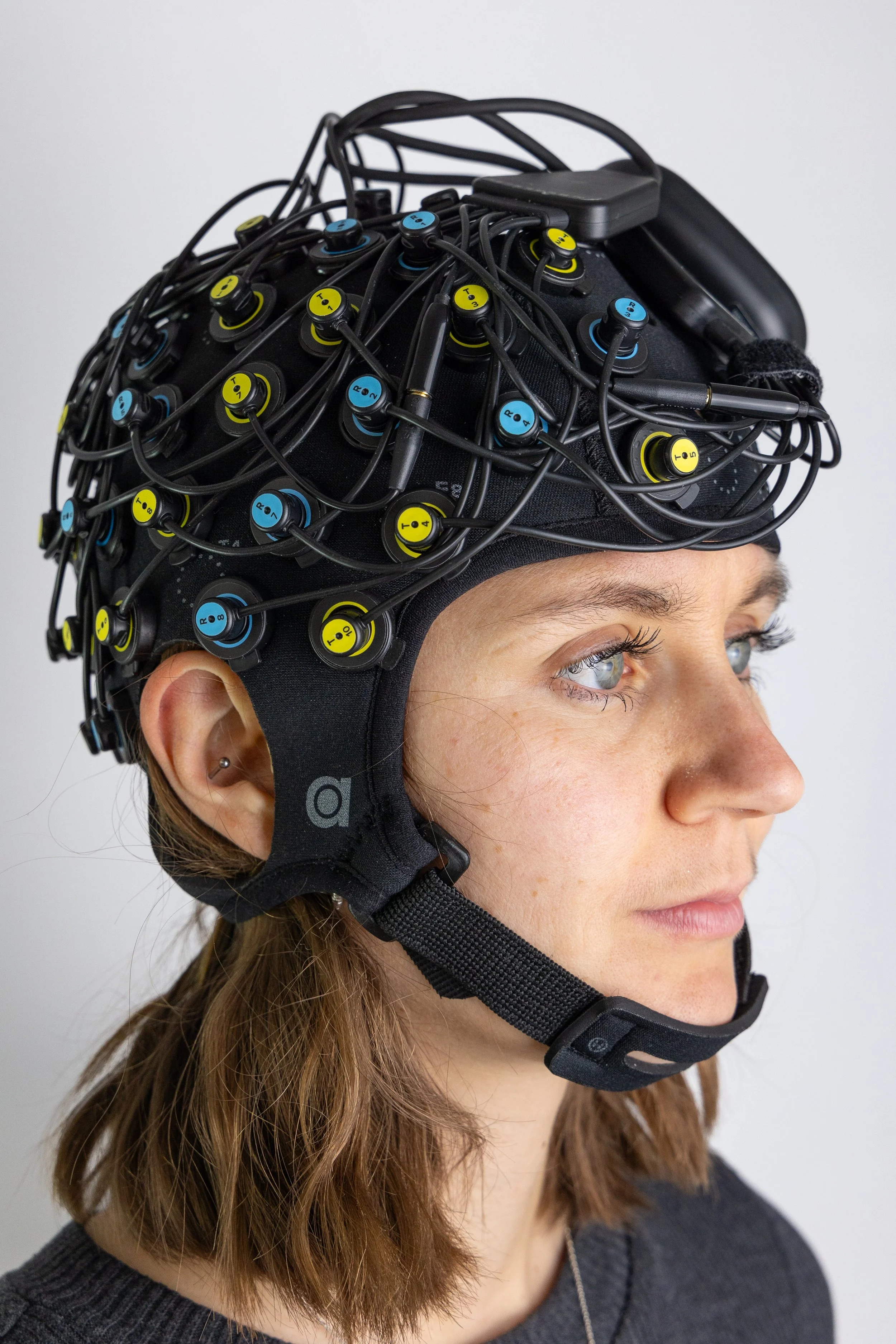


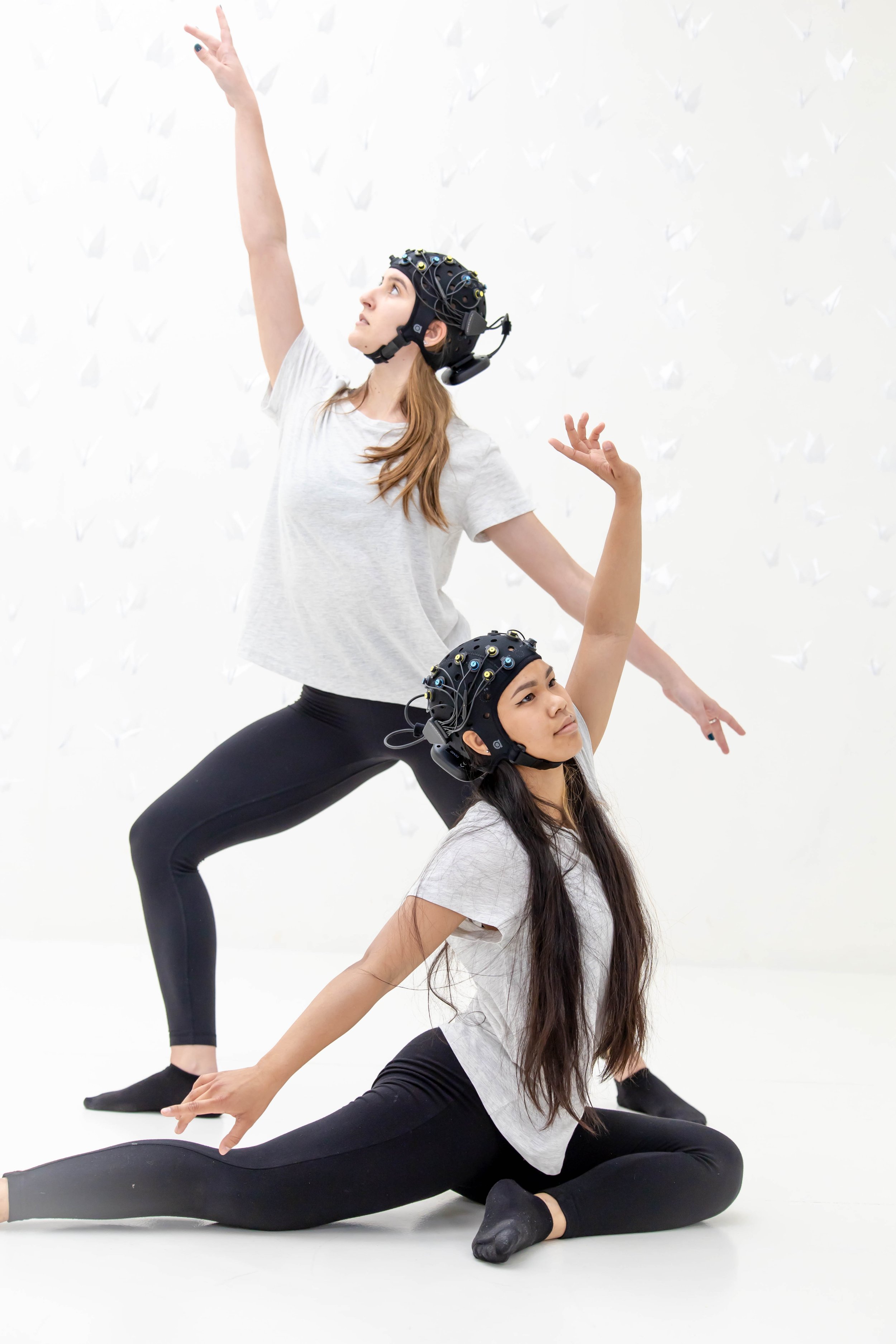
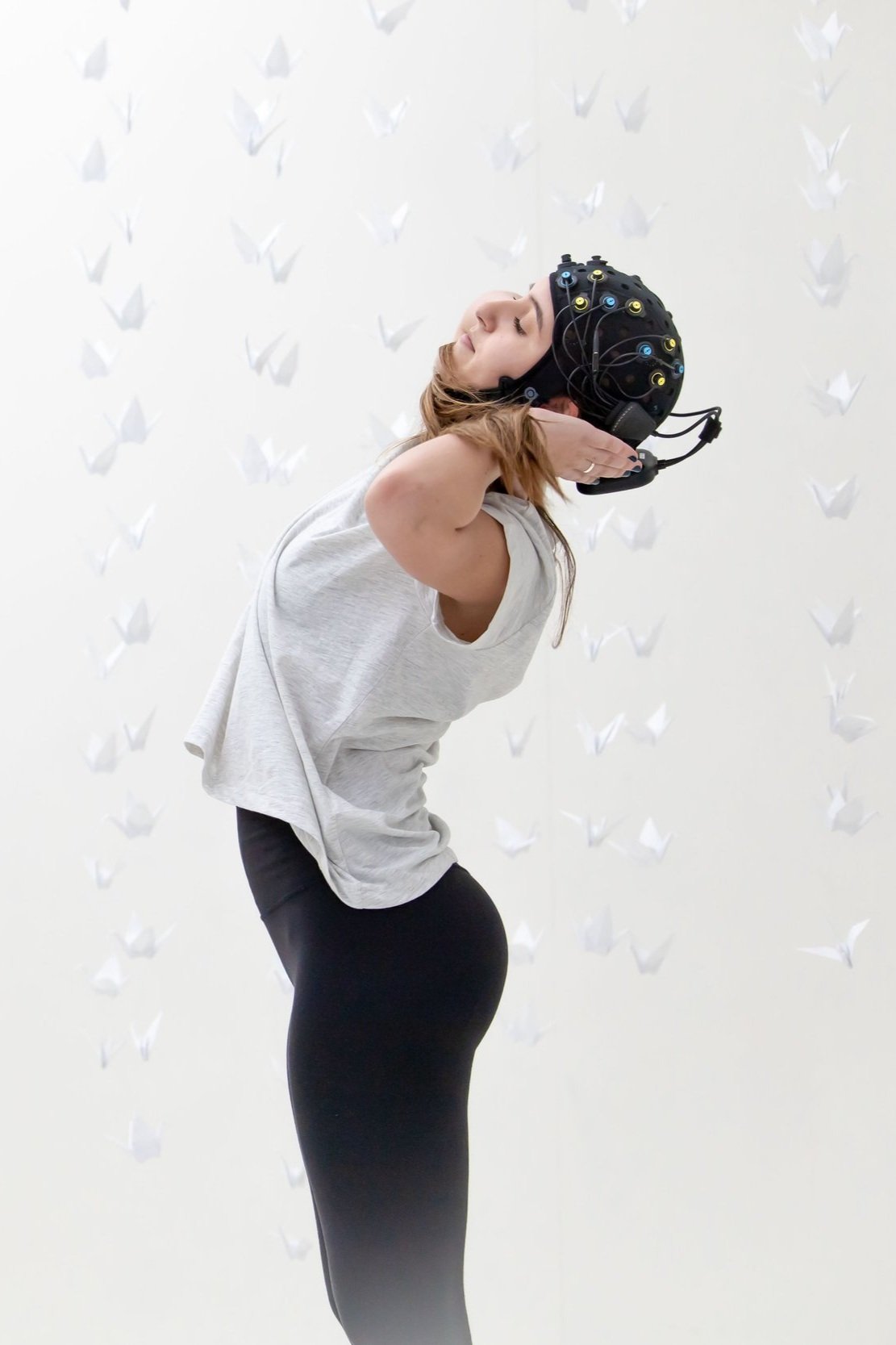
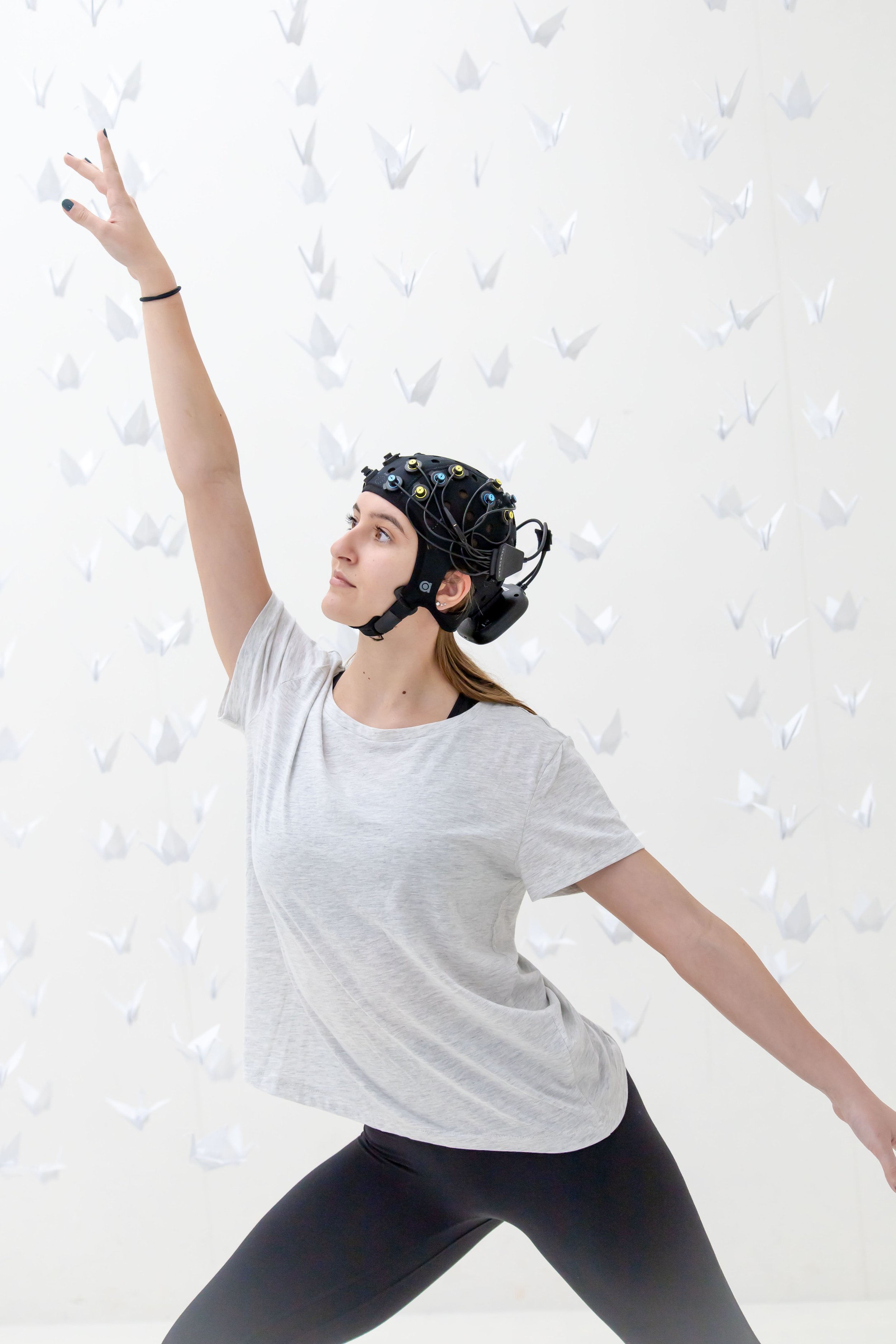


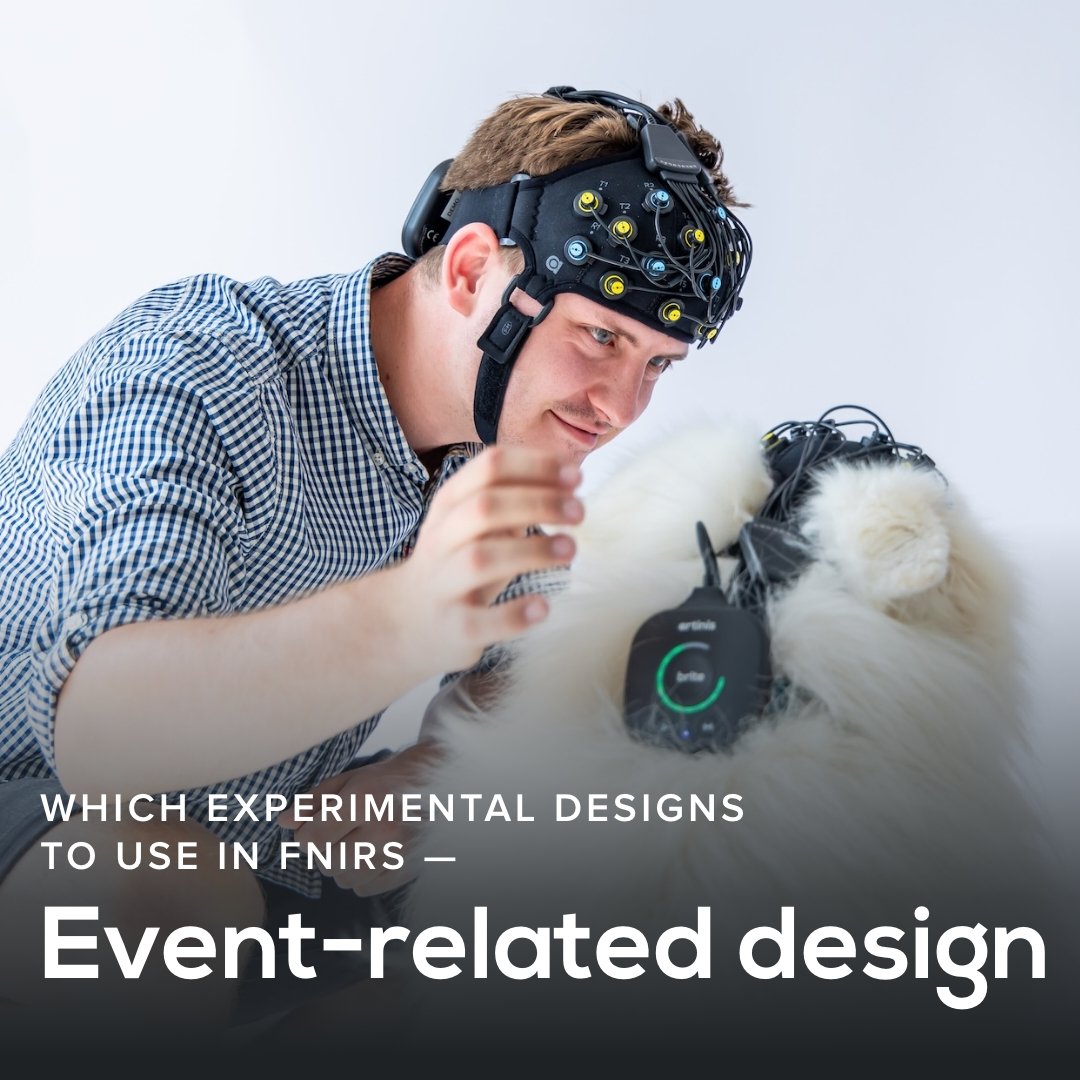
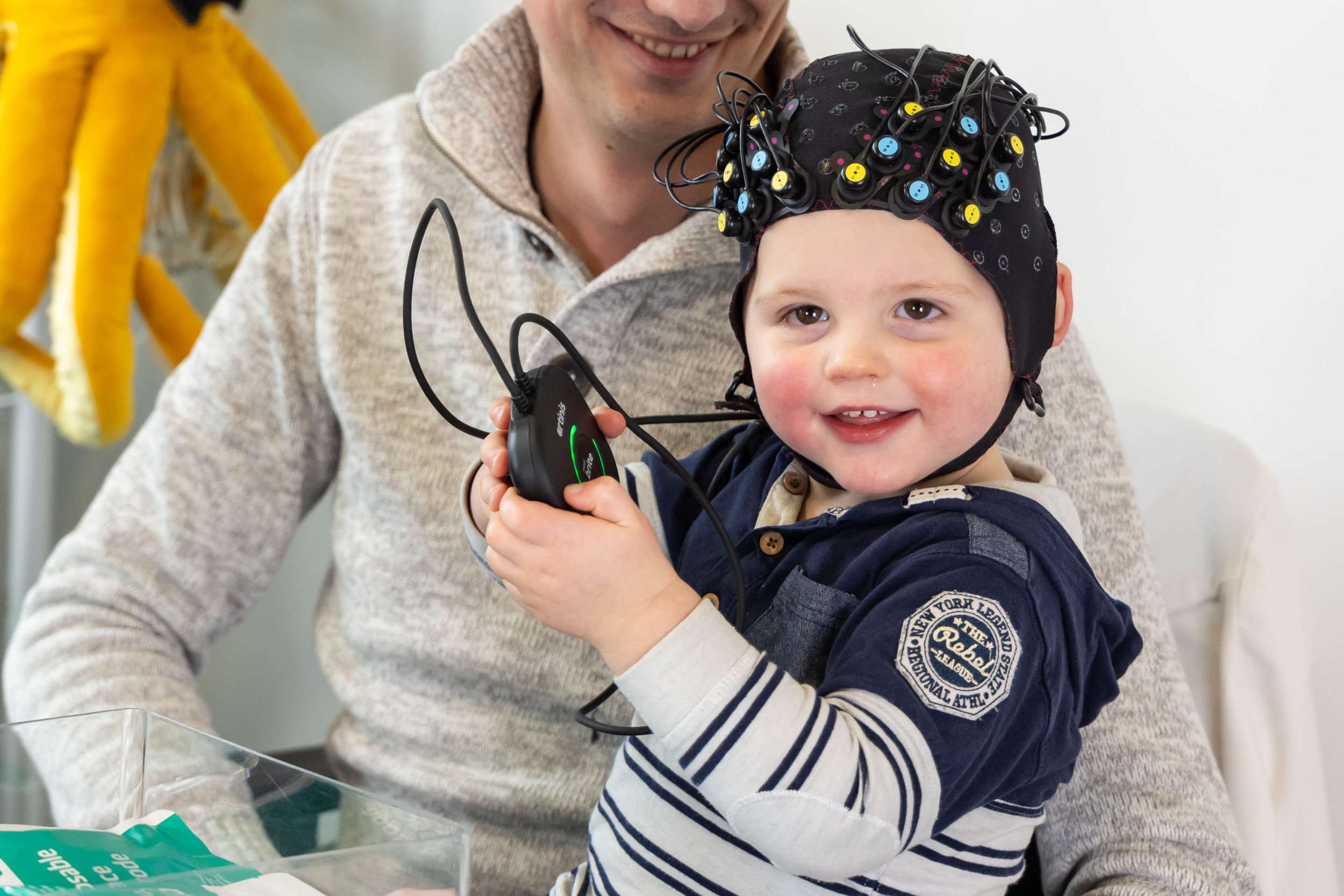

We are happy to announce the release of our new Brite MKIV! Including novel receiver with increased sensitivity & latest and enhanced software and accessories, setup time can be significantly decreased with the Brite MKIV - in every subject and setting! Read this blogpost to learn more about the new features, novel accessories and latest updates of our Brite MKIV!